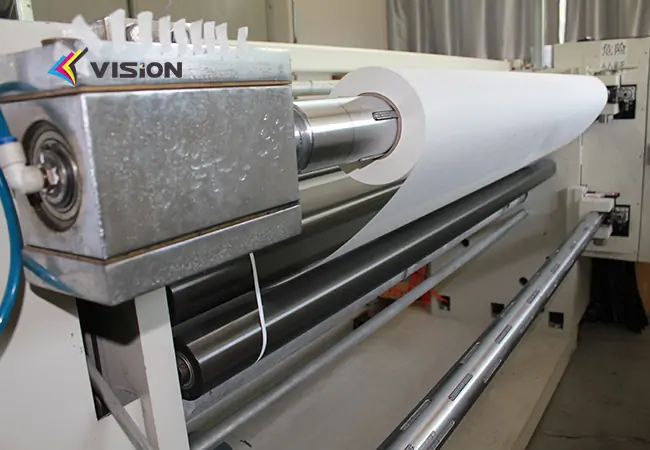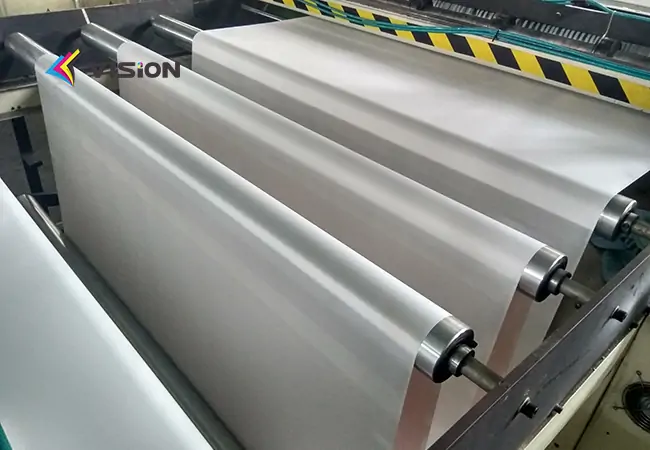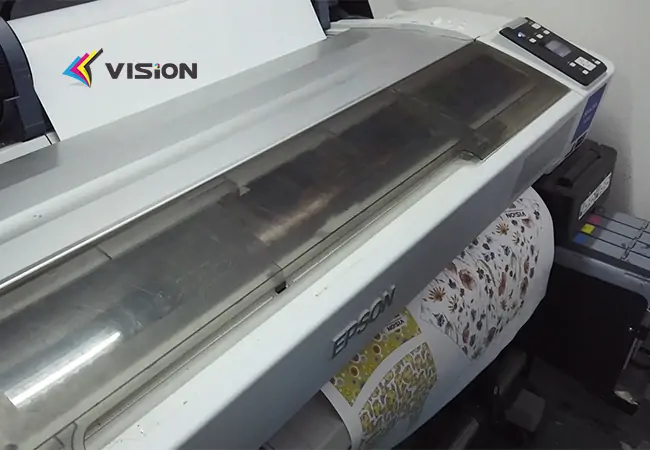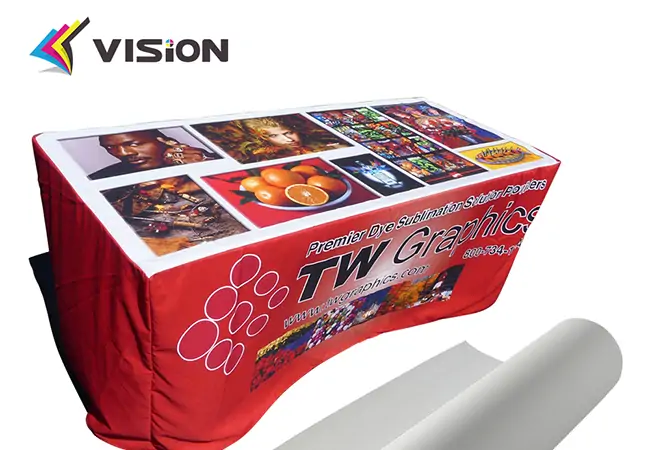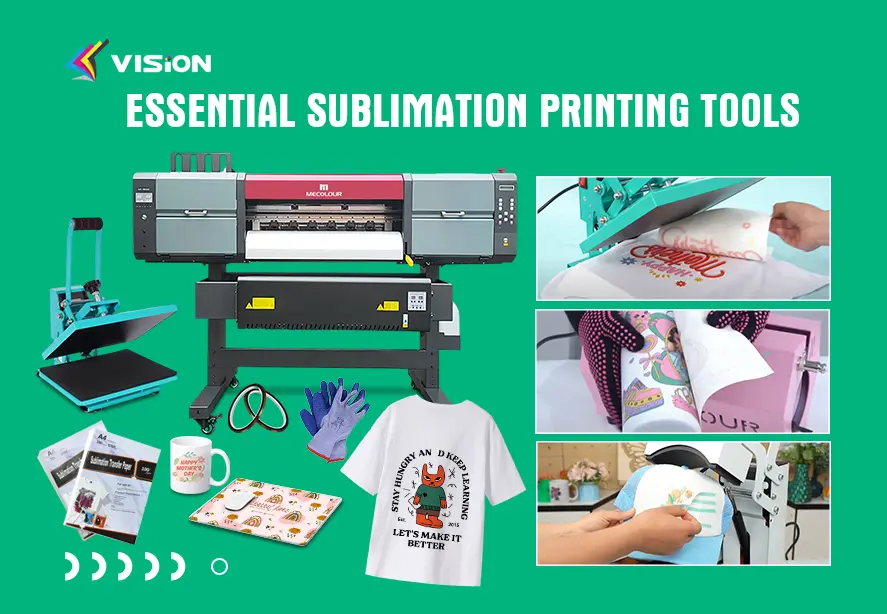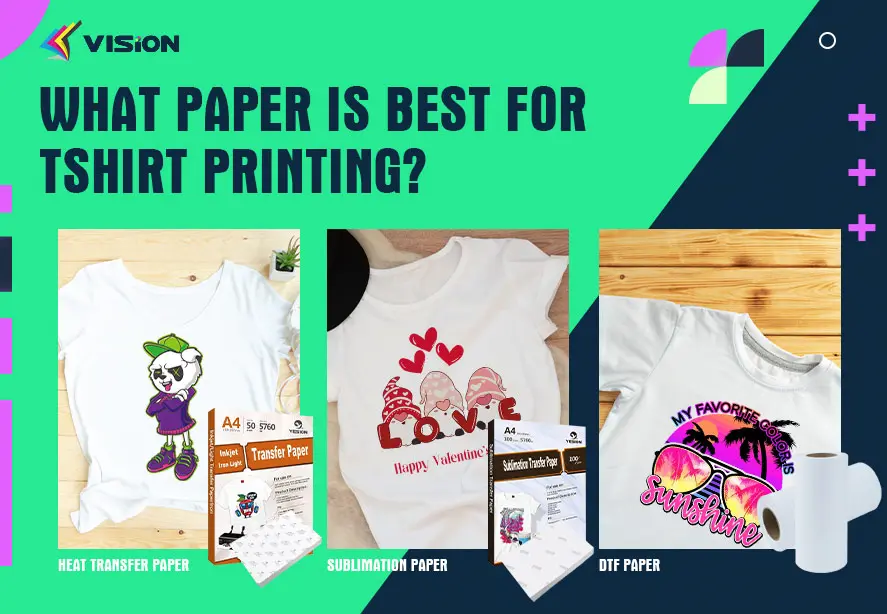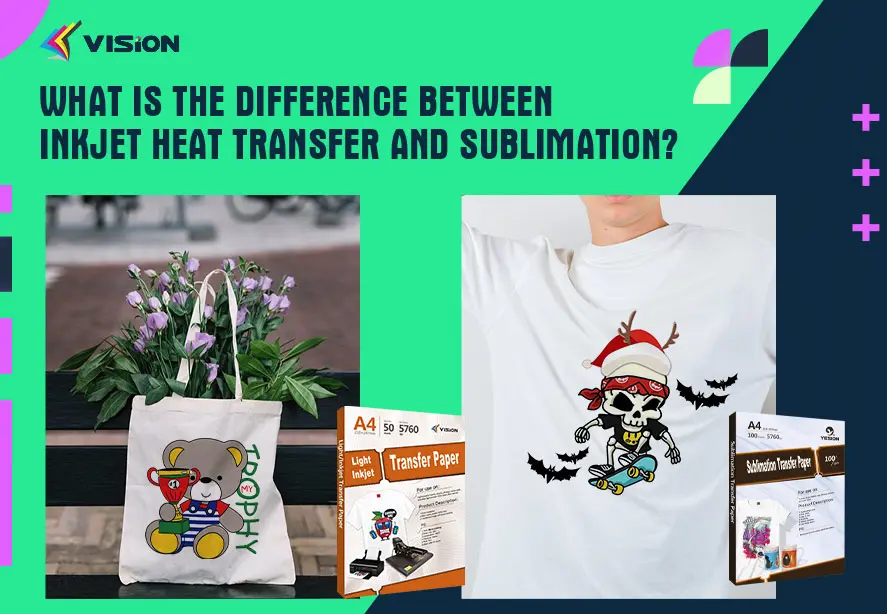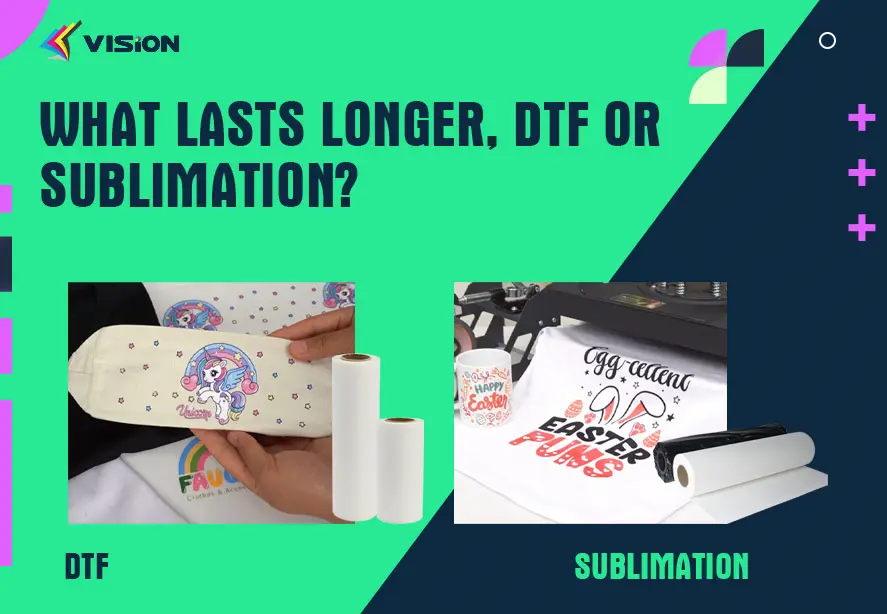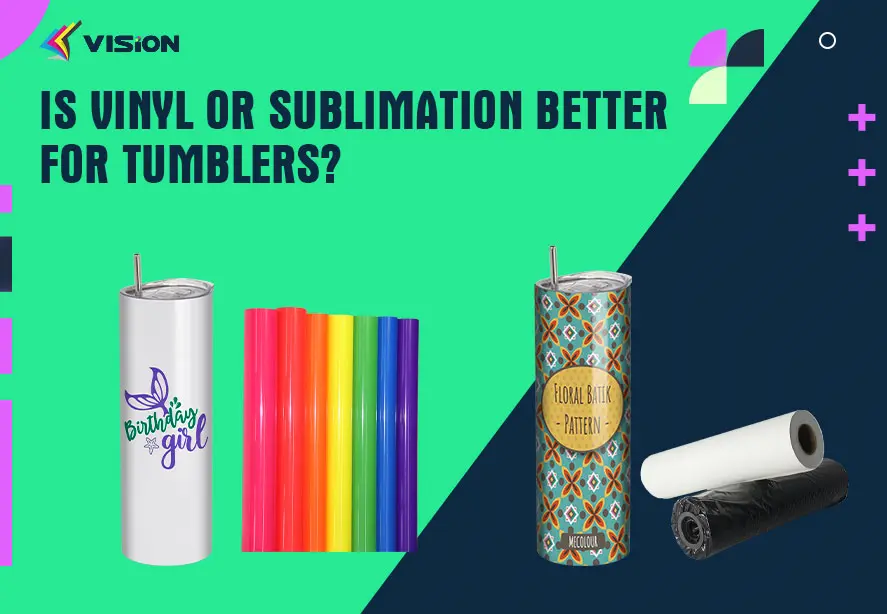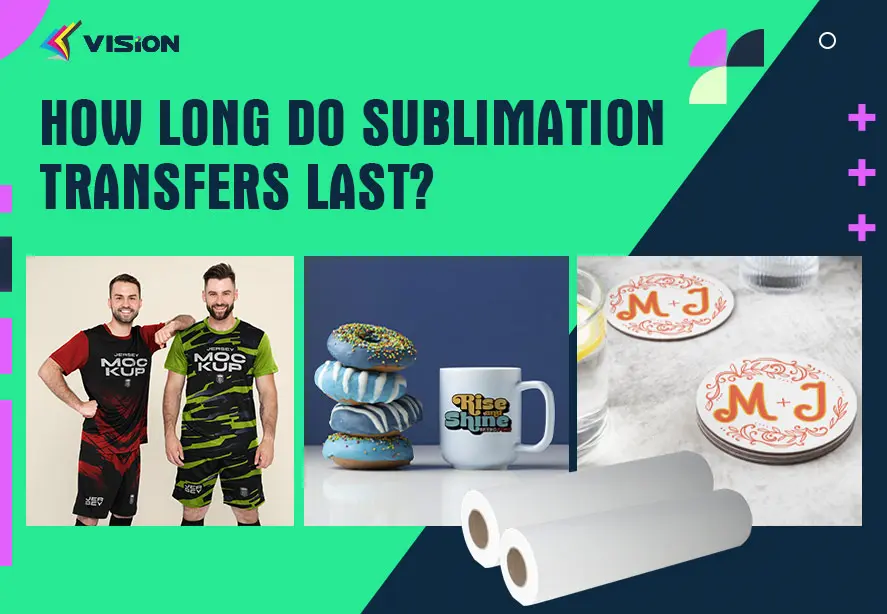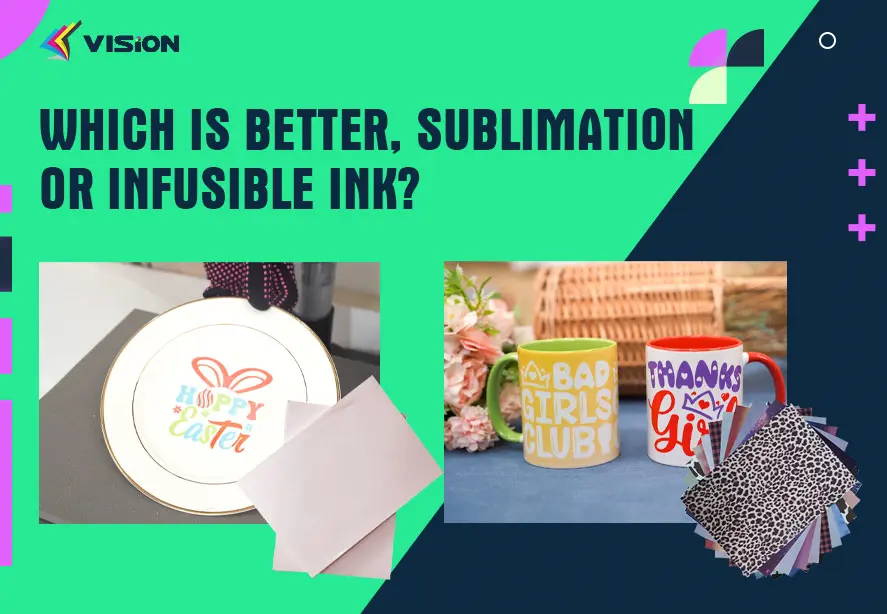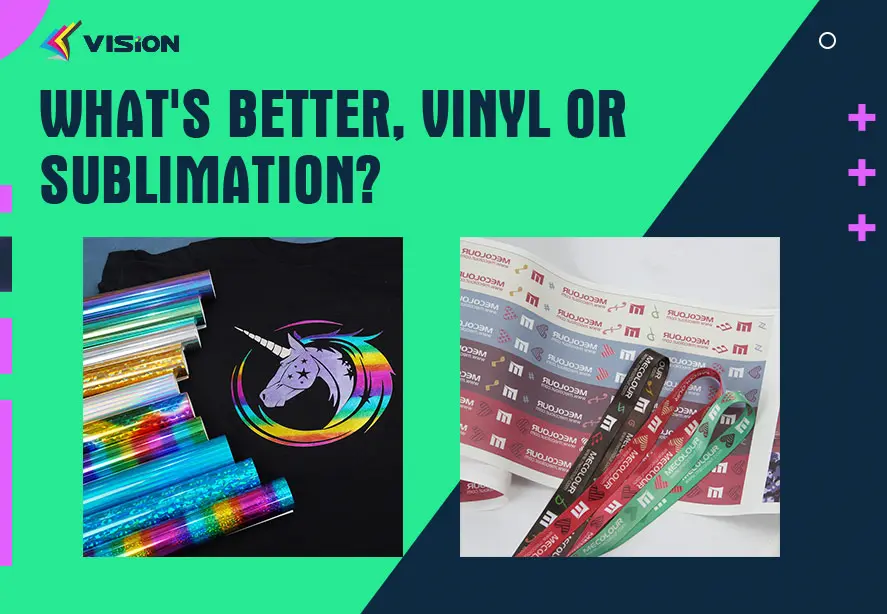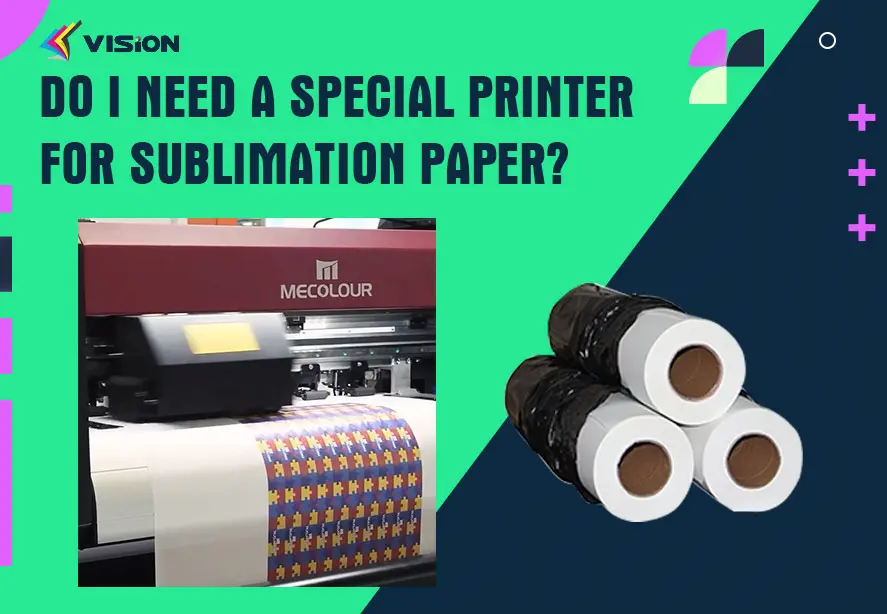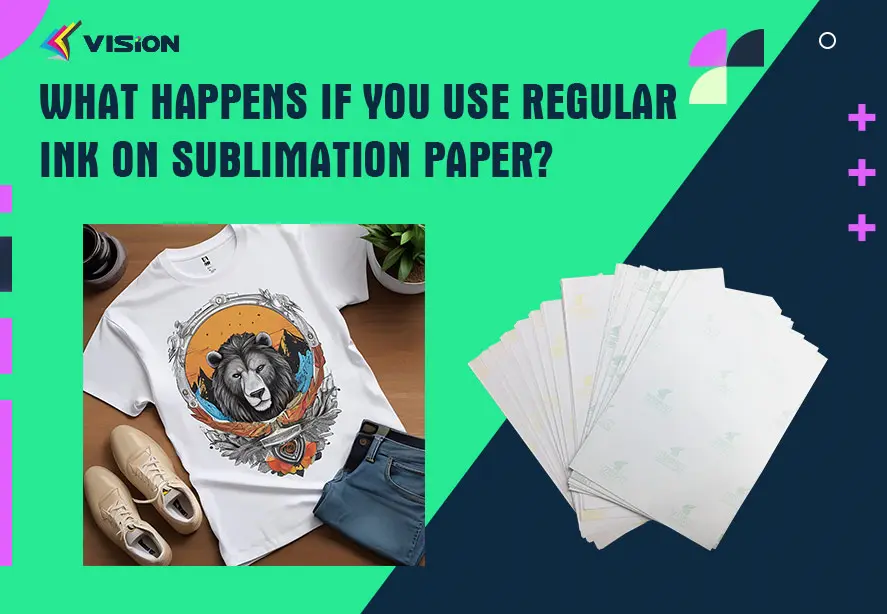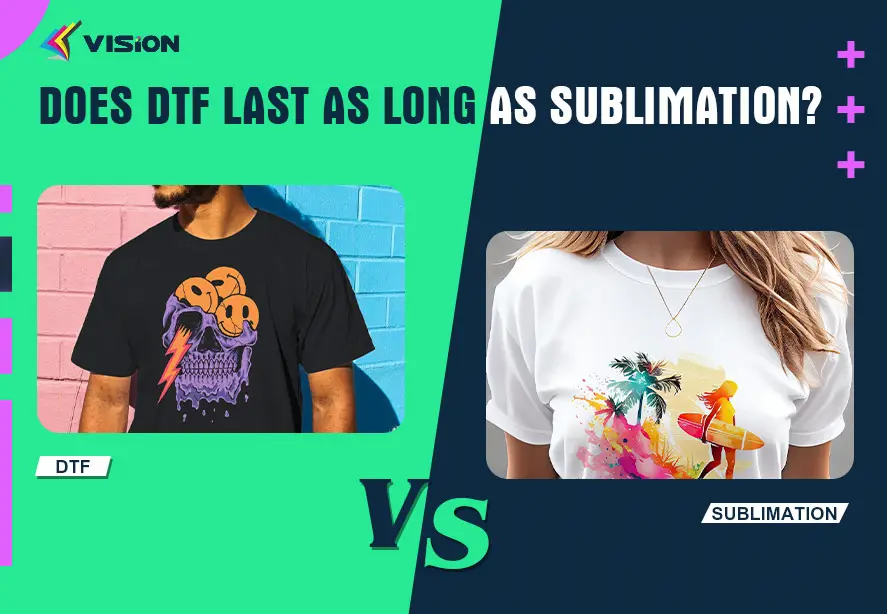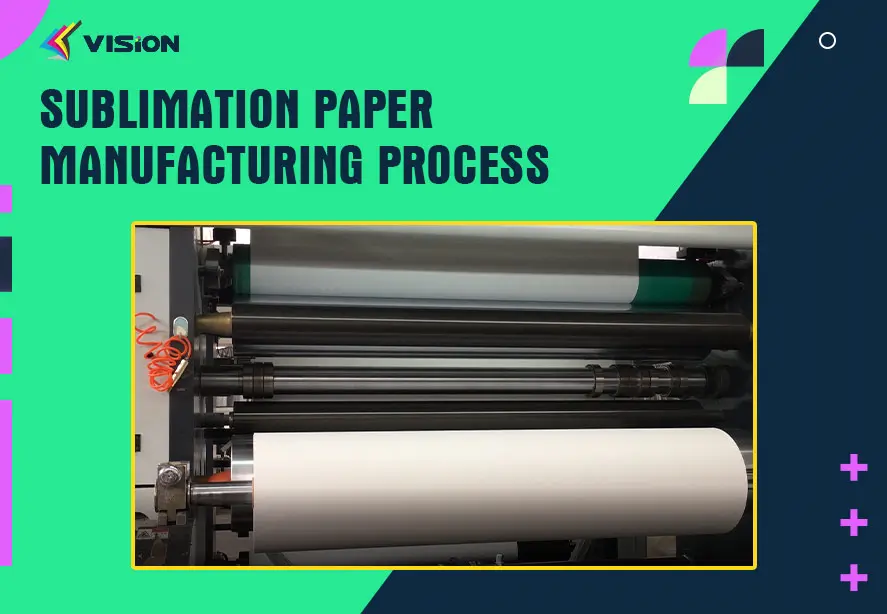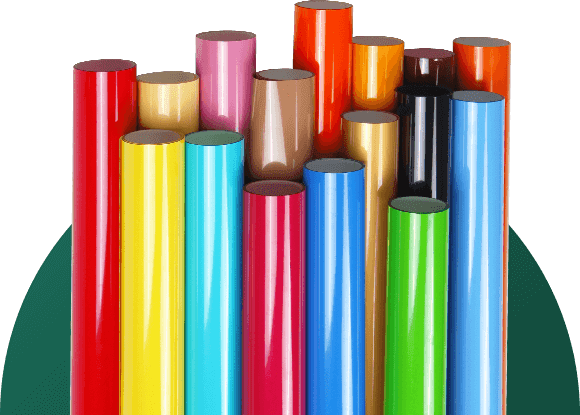Learn the Sublimation Printing Process
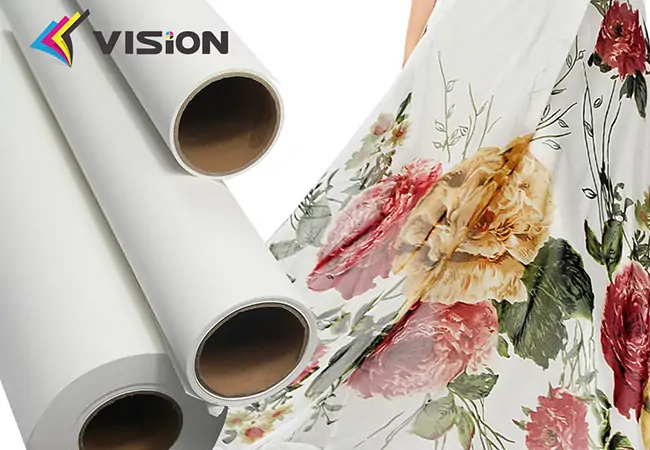
What is sublimation? Maybe there are many people will ask this question who is new in this market. If you’ve never heard of sublimation printing, let’s define the sublimation process together.
The sublimation printing works
The technical definition of sublimation is the change of a solid particle directly into a gaseous state. In the case of dye sublimation, the specially designed sublimation ink by Sawgrass Technologies will turn from the solid form of a digitally printed image and when applied heat and pressure for a set amount of time with a heat press, will turn into gas state, allowing the ink to penetrate the pores of the ceramic, metal, glass or polyester substrate that you are transferring onto. Once the sublimation ink has penetrated into the pores of the substrate, it will then solidify to create a permanent image onto your promotional gift or apparel product. This is different from a standard inkjet ink or laser toner, in that these standard printer ink and toner technologies do not have the ability to go into a gas state and is restricted to a solid or liquid form only.
The technology of dye sublimation sounds complicated but the process itself is actually quite simple. In order to get started you’ll need the following items: a designated sublimation printer, Sawgrass sublimation ink, sublimation paper, sublimation blanks and a heat press appropriate for the sublimation blank you are working with.
Pros and Cons of Sublimation
Advantages of sublimation
When it comes to this approach, the most exciting benefit is purely your degree of freedom over design, which other approaches don’t always offer.
The durability of the design is a plus, the design will not crack, peel or fade. Even after countless washing machine washes, your clothes will never end up in the back of your closet!
Dye sublimation printing is suitable for small batch orders, seam designs and garments with a large number of design variations and applications.
Disadvantages of sublimation
The disadvantage lies mainly in the choice of materials. Sublimation printing is only suitable for garments containing polyester (65% polyester or polyester blend). Although sublimation can be done on other materials such as cotton, the image will not last forever as it is on a “faux” fabric, so it is not recommended.
If you want to go for the vintage/distressed look that is all the rage right now, choosing a fabric with a lower polyester content will give you the perfect result.
Another potential issue to watch out for is white creases. Sublimation works by printing the design onto white fabric, and if there are areas of the garment that are not covered by the design, they will remain white. This can be caused by an accidental fold or a small amount of moisture that has accumulated on the transfer paper.
VISION as a Chinese sublimation paper factory in manufacturing sublimation consumables for many years, we have rich experience in sublimation technology. If you want to know more about sublimation technology or sublimation printing products, please feel free to contact us.


